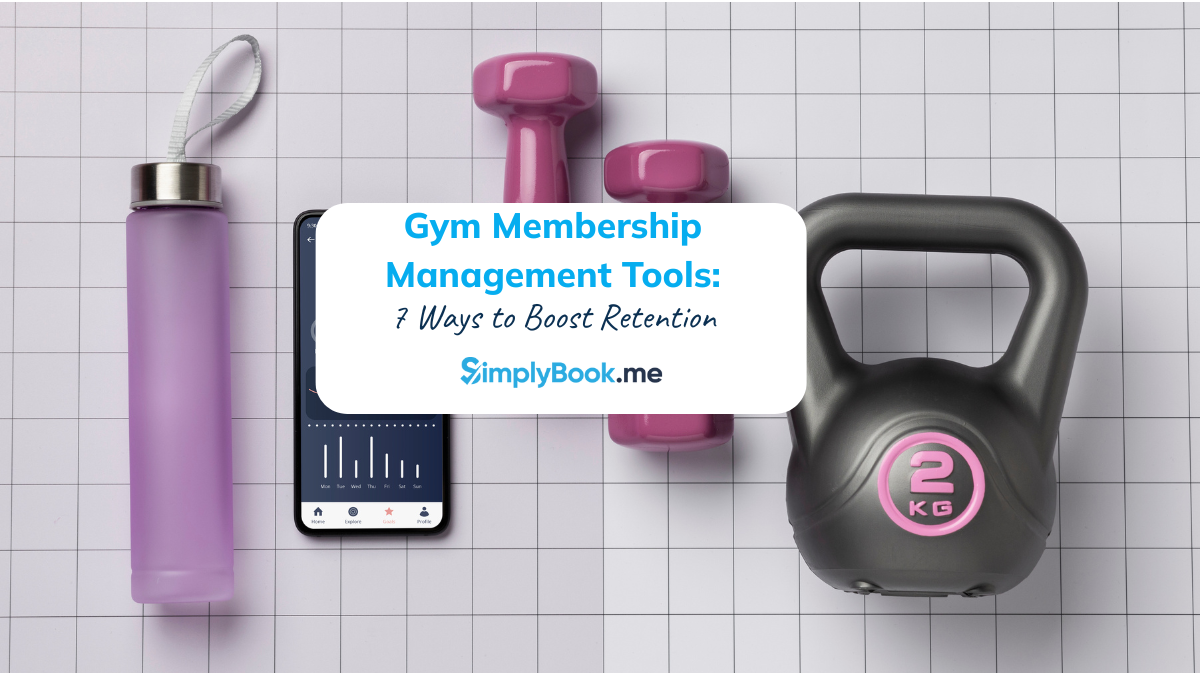Bringing Your Brand Values to the Digital Experience

This post is also available in:
![]()
![]()
![]()
When you start your business, you start with certain aspects that define it. In the beginning, you have your concepts and ideals, and the core values at the heart of your business. These core values form the basis of the services you provide, products you sell, and experiences you give your clients. While your business may evolve, the heart of your business will house the values you bring to your clientele. Your brand values will help to define your business to future generations of clients and customers. This is how your business maintains its identity throughout the company’s development.
Whether your business was online since its beginning or the digital presence came later, there is often a challenge translating brand values and personality from a physical experience to a digital one.
Brand Values and how they fit into a Unified Brand Identity
Sometimes it can be challenging to identify your brand values as a distinct aspect of your unified brand identity. When people think about your company, they might immediately conjure mental images of your logo, colour themes, how you interact with them, and how they feel about your company. None of those things will tell anyone what your brand values are, but your brand values will influence every aspect of your company that people perceive.
There are four critical aspects of your unified brand identity, and they should all align with each other.
- Identity
- Personality
- Logic
- Core
Brand Identity
Brand Identity is the facade of your company, the public face that everyone will recognise whether they love you or hate you. Things that comprise your brand identity are your logo, your themes and colour palettes, and if you have a brand face or faces.
This is the skin that everyone sees. However, like any beauty, it won’t convince anyone for long if it doesn’t go deeper.
Brand Personality
Brand Personality goes deeper into what your company is and who you are. How you communicate with your clients and the public will show them who you are. How do you word your emails or your in-store information? What tone of voice do you use? If you are aloof and formal, is that how you want to come across? Sometimes that approach is just the right one. Formality often makes people feel that you are exceedingly professional, particularly in professional services. Maybe you’re want to be more friendly and informal and engage with your clients directly.
Your persona is how you engage with the world, how you bring people in and how you keep them. Your company is more than a pretty facade; you bring value to the client relationship.
Brand Logic
Brand Logic is how your company is performing and positioning itself in the market. While most clients won’t actively acknowledge this part of your business, your company logic will directly influence their awareness of your brand.
This is the brains of the operation, where you will take your ideas and make them work in real-world terms. With strategies, business plans, market positioning and budget planning, your business can go from a vision and a belief to a functioning and flourishing company.
Brand Core
Brand Core is where you keep all of those ideals and concepts that birthed your business. It’s where your brand values live throughout the lifetime of your business and will influence every other aspect of your enterprise.
- Your reasons for starting the company,
- The ethos and principles on which you wanted to build your business
- The benefit to the paying public.
- Your responsibility to your company, staff, and clientele
This is the heart and soul of your business. The part that your clients will pledge their loyalty to and fall in love with.
Altogether, these four aspects make up your Unified Brand. It’s by aligning your brand values throughout the elements that you will keep your clients.
Your Brand values are the guiding principles that drive all of your development, internal and external. Your company core will set the framework for how you treat customers across 1 or 100 branches and stores. Brand values will show your clients what you stand for and against, how you will treat them and how you will expect them to treat you. Just like personal values, your brand values will show people why your company is worth dealing with.
Translating Brand Values to the Digital Experience
The way you demonstrate your core values to clients and customers can sometimes stumble when translating across the physical/digital divide. However, you don’t need to provide an identical client experience across multiple platforms. The very reason you have different channels is that your customers prefer those variations. The key is to offer a similar experience in quality, if not in details, while still aligning with your brand values.
Here are some areas in which you can still reflect your brand values through your digital customer experience
Customer Service
Customer service covers so much of the entire client experience; it’s difficult to hone in on specific areas you can enhance with a digital approach. However, when you are translating from a physical experience to a digital one, there are a few things that you shouldn’t be without.
When you have a client in a physical location, asking questions and having someone available to answer them is one of the primary benefits of dealing with a real-world place. The digital experience requires you to be proactive in determining every question that a customer might ask – and that includes how to make a complaint.
A comprehensive FAQ document with the most frequently asked questions and a direct link to an online chat if the query is new to you. It should be just as easy to find the answer on your website as it is to ask the question in-store.
A fully functional app allows the client to book appointments, purchase items easily, check their history, update details, and do their research.
Social media is the most popular platform for customer service online, followed closely by live chat access. And clients expect a speedy response.
Quality Service & Products
In-store, it’s easy to check out the quality of the service and products. Clients can easily see the cleanliness of the area, the quality of the products, even read ingredient lists in the products you use.
On your online platform, you need to use different tools to show the quality of your establishment and products.
Concise and clear service and product description pages will be where you will win over your perusing clientele.
In some respects, it’s easier to show quality with a digital experience than it is in person. Your online platform has the benefit of displaying more than just the company perception of your products you can also show the feedback and reviews from other customers.
Value & Transparency
Price is still a hugely motivating factor when people do their research online. However, many internet-savvy clients have learned to differentiate between a low price and the overall price.
Transparency in your pricing, and justification for the cost of your offerings will help to sell your business above others. Use your persona and voice to set the tone and target your clients appropriately. If your At the same time, you can use that same voice to train staff members on how to sell the quality of your product.
Remember that the quality should translate across your channels.
Smart Tech & Convenience
One way of translating brand values of ease and customer support is by combining online and offline experiences. The use of smart tech for the client’s convenience can be both an online and offline customer experience benefit. Stores that allow for smart device scanning and online checkout is one of the significant recent developments.
In the same vein, pre-loading a cart and going to a store to check out the quality is another option.
In service industries, the ability to book online for an in-store experience is all but expected these days, but using the available technology, you can set up some exciting additions to your physical locations. AR & VR have become very popular of late and virtual “trying on” is another tech development apparel retail has been waiting for.
What about trying on a new hairstyle or colour? Better to know ahead of time if it’s not going to suit you.
Social Responsibility & Conscience
Back in the times before the internet impacted the business world, the only time you’d find out about the poor behaviour of a company was if there was a journalistic exposé or the CEO was caught doing something truly horrific.
Now it is entirely different. Companies and brands can join the fight for causes they believe in and against those they don’t. In this age of almost continuous news-gathering, it’s virtually impossible to avoid the political leanings, and social justice causes that brands and their ambassadors champion.
At the same time, it is both a boost for company marketing to become affiliated with hot-topic current affairs and, in turn, for the cause in question.
Social responsibility has become significantly more important to the economically responsible client. Fair wages, sustainability, animal welfare, and carbon footprint are just some of the hot buttons important to the socially conscious client. Demonstrable steps towards social responsibility will also feedback into your value and transparency metrics.
Customer Experience Reflects Your Brand Values
Customer perception of the experience is how you can tell if your business appropriately displays its brand values. If the guiding principles at the heart of your business aren’t translating to the customer experience, something has gone awry.
Brand values dictate every aspect of the customer experience, or at least they should. In some cases, it goes even further to become a “Branded” customer experience, whereby the brand is defined and distinguished by the quality of the customer experience. That’s when you know you have a complete alignment of your brand values and customer perception.
In Summary
Your brand values don’t change just because you’ve taken your business online. In some respects, it’s easier and more straightforward to demonstrate your brand values with a digital experience than it is with a physical store. Conversely, you can have difficulty aligning your physical and digital experiences with each other AND with your brand values.
Whether you are primarily online, mostly in-person or a balanced hybrid of both, you can still make your brand values shine to the clients that use your business. It’s just about changing your perspective and using different tools to provide a similar experience in all contact channels with your clients.
Try out some of the methods above, and think about how you would like to demonstrate your brand values to your clients and how you would want to have those values shown to you.
Please feel free to comment below about how businesses can translate their brand values to the digital experience.



Comments
2 comments